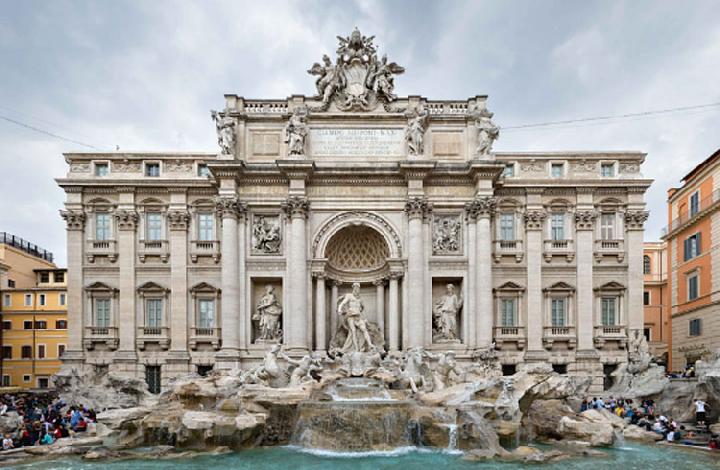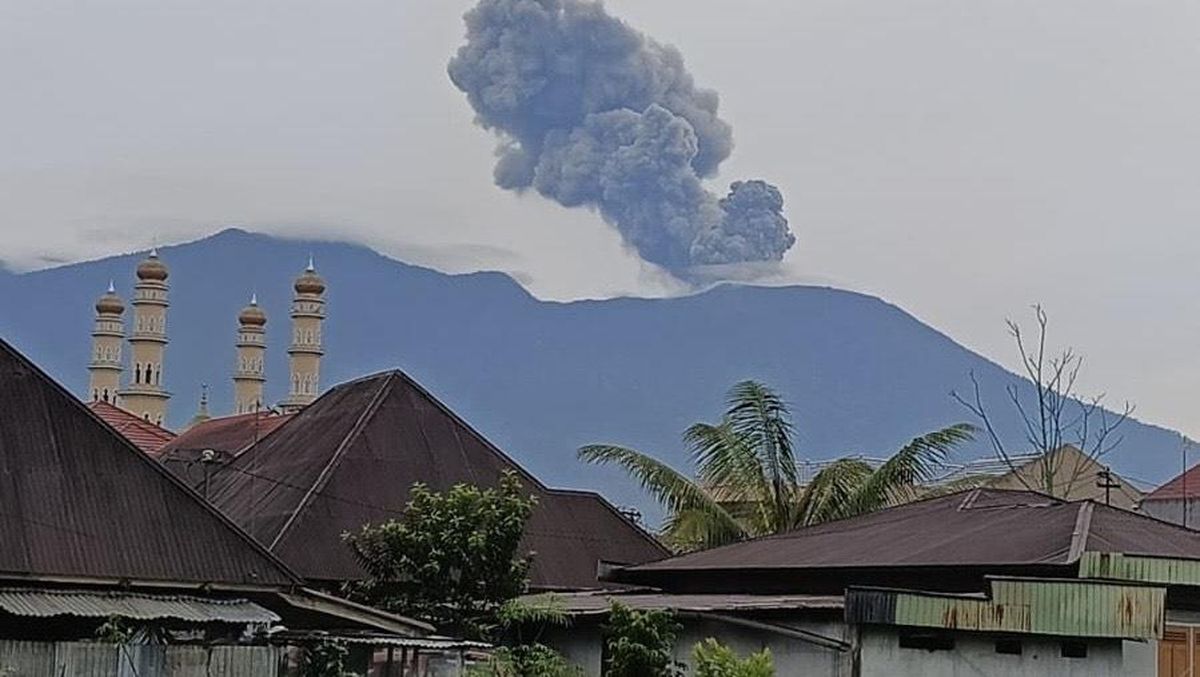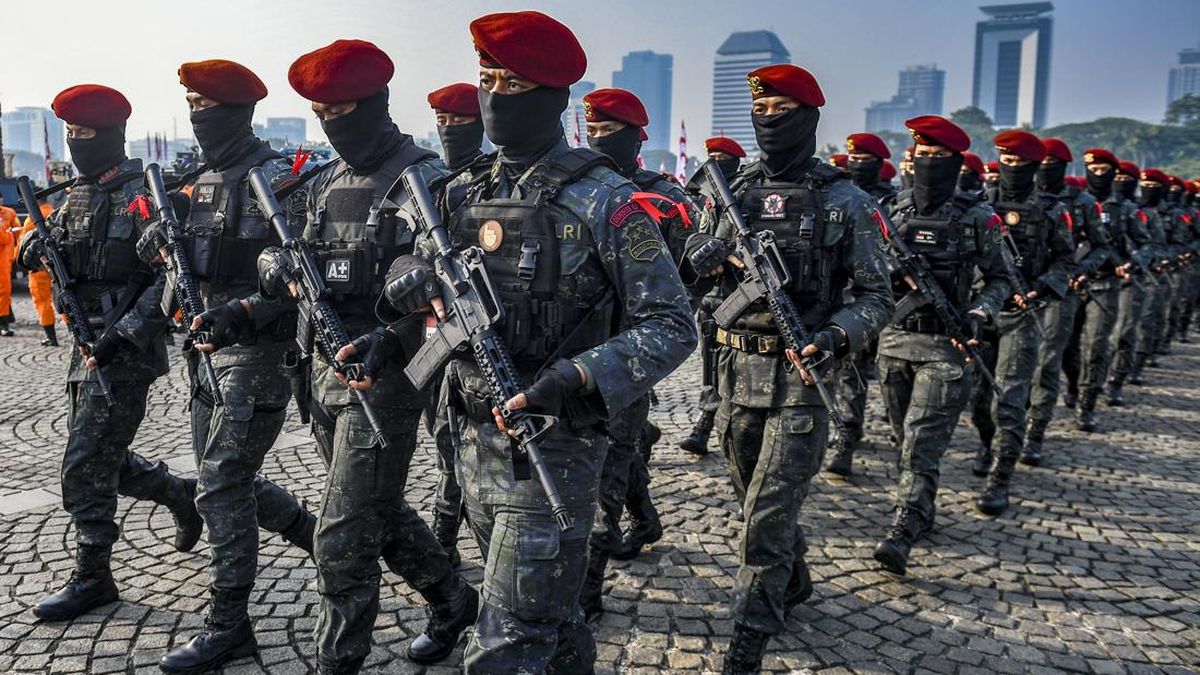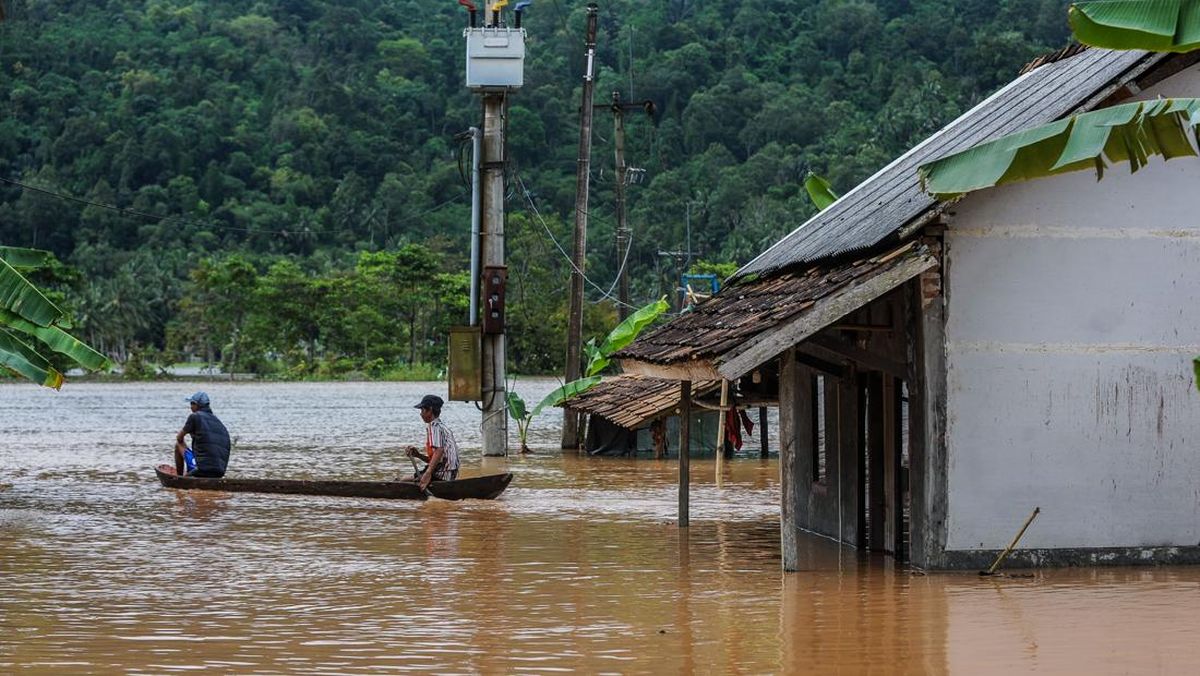TEMPO.CO, Jakarta - Pivotal events, groundbreaking discoveries, and significant momentum often mark the evolution of human history. Many of these have been recorded within the history books, where knowledge expands beyond nations, empires, and civilizations alike.
However, there is a certain case of lost civilization in which the whereabouts cease to exist without documented reasons. The sudden disappearances seem to intrigue not only historians on sites but also history geeks across the world.
7 Lost Civilizations in History
According to Britannica and World Atlas, the Maya and the Khmer Empire are among the list of lost civilizations in history, with other names as follows:
1. The Maya
The Maya is perhaps one of the most well-known lost civilizations in history, which spanned across modern-day Central America. At its peak, the Maya were acknowledged for their advanced urbanization, particularly showcasing impressive skills in engineering and complex mathematics that resulted in the development of multiple large cities, temples, and central plazas.
Archeologists believe the early settlements of the Maya could be traced back to around 2000 BC and experienced a decline in 900 CE. While the reason behind their fall remains a mystery, historians mentioned various factors that could likely prompt the collapse of the Maya, including climate droughts, floods, and war.
2. The Khmer Empire
Once a dominant force in the trade routes between China and the Indian Subcontinent, the Khmer Empire was said to have reached its height around 1000 and 1200 CE. Its location, which expanded across modern-day Cambodia, Laos, Thailand, and parts of Vietnam, had allowed this lost civilization to develop Angkor, their largest city, to have an estimated population of one million people, as per Britannica.
The progressive urbanization boasted a refined construction of both canals and water reservoirs, which shaped the Khmer Empire’s trade and agricultural output. It’s still unknown as to why the dominion collapsed around the middle of the 15th century, leaving very little to no traces of unruly jungles.
3. The Indus Civilization
The Indus civilization, also largely addressed as the Harappan civilization, covered parts of India, Afghanistan, and Pakistan, demonstrating architectural excellence in their era. Its lost civilization once consisted of about five million people before vanishing around 3,000 years ago for uncertain grounds. World Atlas mentions only in 1920 that archeologists have rediscovered the Indus civilization along with their own written language.
4. Easter Island
Easter Island, which remains one of the world’s most remote islands, was once a lost civilization. According to its administered government, more than 600 enigmatic moai statues adorn the landscape of this 163-square-kilometer island. Additionally, the ruins of giant stone platforms called ahus are also discovered within the Easter Island’s open courtyards.
Easter Island, rather known as Rapa Nui, housed a thriving Polynesian civilization whose early settlement could be traced back to 700 CE. Although there’s no official record, it’s believed that Rapa Nui’s population of 15,000 was slowly disappearing because of food scarcity.
5.Çatalhöyük
One of the oldest permanent human settlements, Çatalhöyük, was discovered in modern-day Turkey, with an estimated population reaching 8,000 people at its peak. Despite not having a single public building or road, this urbanization is famed for its hive-like houses that were connected through holes in their rooftops. By 5650 BC, the primitive city lost its entire population, leaving a bunch of items detailing their lives and rituals.
6. The Mississippians
An agrarian lost civilization located in modern-day Southeast America had one of their largest cities, Cahokia, residing near what is today Collinsville, Illinois. With a population reaching 40,000, Cahokia boasted a colossal central plaza and massive earthen pyramids. In addition to its great human settlement, Cahokia also covered a large area that could rival European capital cities like Paris or London.
7. Olmecs
Much like other lost civilizations, the Olmecs might have suffered environmental circumstances that led to their sudden demise. Before it was completely abandoned, the Olmecs oversaw great parts of Central America’s territory around 1600 BC and 350 BC. As per World Atlas, this urban settlement was widely addressed as the “mother culture” of most Mesoamerican empires, with the Olmec’s traces of governance, architecture, and religion included in all their regions.
The stories of lost civilizations remind us of the impermanence of even the greatest achievements. These vanished urbanizations, once thriving centers of innovation, culture, and power, now exist only in ruins, artifacts, and mysteries. For all the history geeks, let’s also check out the largest empires in history.
BRITANNICA | WORLD ATLAS
Editor’s Choice: What is the Greatest and the Biggest Empire in History?
Click here to get the latest news updates from Tempo on Google News













































